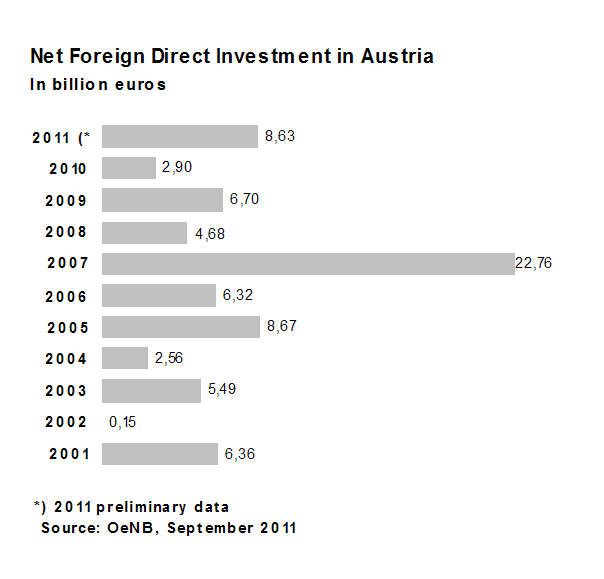The financial account (also known as the capital account under some balance of payments systems) measures the net change in ownership of national assets. When financial account has a positive balance, we say that there is a financial account surplus. A financial account surplus means that the net ownership of a country's assets is flowing out of a country - that is, foreign buyers are purchasing more domestic assets than domestic buyers are purchasing of assets from the rest of the world. Likewise, we say that there is a financial account deficit when the financial account has a negative balance. This occurs when domestic buyers are purchasing more foreign assets than foreign buyers are purchasing of domestic assets. For example, a financial accounts deficit would exist when County A's citizens buy $200 million worth of real estate overseas, while overseas investors purchase only $100 million worth of real estate within Country A.
Calculating the Financial Account
The financial account has four components: foreign direct investment, portfolio investment, other investment, and reserve account flows.
Foreign direct investment (FDI) refers to long term capital investment such as the purchase or construction of machinery, buildings, or even whole manufacturing plants. If foreigners are investing in a country, that is an inbound flow and counts as a surplus item on the financial account. If a nation's citizens are investing in foreign countries, there is an outbound flow that will count as a deficit. After the initial investment, any yearly profits not re-invested will flow in the opposite direction, but will be recorded in the current account rather than the financial account .

FDI in Austria
Austria has experienced a surplus of foreign direct investment: more foreign investors invest in Austria than Austrian investors do in the rest of the world. This contributes to a financial account surplus.
Portfolio investment refers to the purchase of shares and bonds. It is sometimes grouped together with "other" as short term investment. As with FDI, the income derived from these assets is recorded in the current account; the financial account entry will just be for any buying or selling of the portfolio assets in the international financial markets.
Other investment includes capital flows into bank accounts or provided as loans. Large short term flows between accounts in different nations are commonly seen when the market is able to take advantage of fluctuations in interest rates and/or the exchange rate between currencies. Sometimes this category can include the reserve account.
The reserve account is operated by a nation's central bank to buy and sell foreign currencies; it can be a source of large capital flows to counteract those originating from the market. Inbound capital flows (from sales of the account's foreign currency), especially when combined with a current account surplus, can cause a rise in value (appreciation) of a nation's currency, while outbound flows can cause a fall in value (depreciation). If a government (or, if authorized to operate independently in this area, the central bank itself) does not consider the market-driven change to its currency value to be in the nation's best interests, it can intervene. Such intervention affects the financial account. Purchases of foreign currencies, for example, will increase the deficit and vis versa.
To calculate the total surplus or deficit in the financial account, sum the net change in FDI, portfolio investment, other investment, and the reserve account.
Interest Rates and the Financial Account
The outflow or inflow of assets in the financial account depends in large part on the domestic interest rate and how it compares to interest rates in other countries. A higher central bank interest rate will tend to increase the interest rate on all domestic financial assets, such as bonds, loans, and government securities. In general, if interest rates are higher in one country than another, an investor would prefer to purchase financial assets in the country with the higher interest rate.
An increase in the domestic interest rate will therefore cause foreign investors to purchase more domestic assets, creating a financial account surplus. Likewise, a fall in the domestic interest rate will cause domestic investors to purchase foreign assets in place of domestic assets, and will cause a financial account deficit.